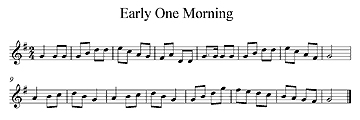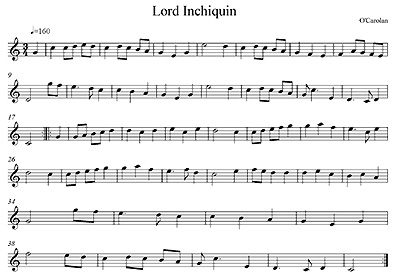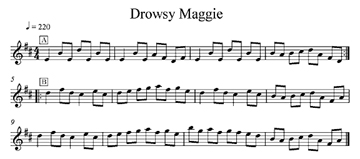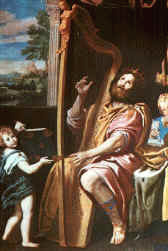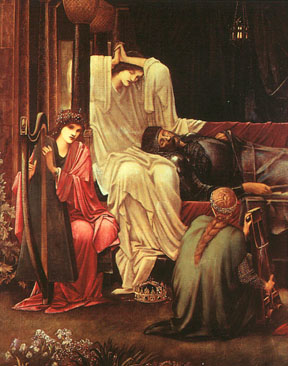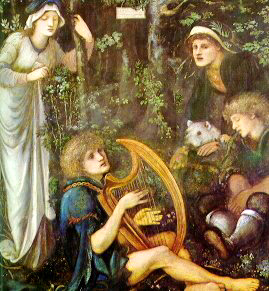A Sunday in May, 2007
Wake up, stretch, groan, wish I could just go back to sleep, but cats are chewing on my toes and elbows. Get up, stumble downstairs in bare feet, bleary eyed. Feed cats. Put coffee on to brew. M. is just getting up. Pull out the griddle and leftover pancake mix, syrup and fruit compote. Let cats out. Make and eat pancakes w. M., drink coffee. Feel just a bit more human.
After brushing teeth and other standard self-cleaning procedures, turn on the magic electronic box. Check e-mail, and otherwise generally futz around on computer for a couple of hours. After a while, realize it’s getting close to That Time. Get harp packed up, put music and tuner and all other necessary accoutrements into gig bag; make sure I have extra sweater and lots of clothespins (it’s windy today, and we’re playing outside by the water).
Take a shower, pad around in old sweatshirt and pyjama bottoms so as not to get dressy clothes dirty while eating lunch. M. has made lunch for me while I was in the shower, which we eat with much gusto. Clean up, get into nice clothes, find something to keep hair neatly tied back in gale force winds. M. packs harp into car while I’m getting dressed (think I to myself: I so totally have the best roadie ever).
The other gals arrive. We hop in the car, and begin our familiar 45-minute journey down winding country roads towards the resort, one we’ve played at so many times we’ve lost count. Watch clouds gather with great foreboding. Arrive to find that sky at resort is blue and clear, and wind isn’t really so bad – unfortunately, in the pleasant stillness, we realize mosquito season has officially begun. Lug stuff down to our usual spot to find a distinct lack of chairs awaiting our arrival. I tune the harp standing up. Eventually, the co-ordinator (who we’ve known since we started playing this resort) shows up, and arranges to have chairs brought. Co-ordinator struggles with amp system (for minister, not us) and curses under her breath. I am glad I have my job, not hers.
Everything at this resort tends to be in a permanent state of semi-disrepair, despite being advertised as super swank. Lovely location; not so great with the upkeep. We suspect many corners cut in the name of profit, but keep this to ourselves. Wind picks up; sweaters and clothespins to the rescue as usual. Wedding starts late and goes late, is generally unremarkable aside from having a rather strong religious focus. I get a weird vibe off the guys in the wedding party; much aroma of testosterone fills the air. I suspect cops; discover, during ceremony, that they’re fire-fighters. Hmm. Not too far off the mark there. Small male child tottering around, oblivious to the solemnity of the moment, playing with toys and visiting mom and dad (who are both in wedding party), is the most entertaining part of the ceremony.
While everyone else prays, I look up at the trees, through dappled light, admiring the bright green of the leaves, the pale green of lichen on grey trunks, the crisp blue sky, the sound of the wind through the branches.
While we play, the wind keeps stealing the air from our flutist, our instruments slide out of tune (we tweak them back again); chilly fingers stumble in spots, but otherwise this is an easy one. No stands blowing over, no danger of hypothermia, no missed cues (well, no serious ones, anyway). We finish up, drive home, go our separate ways. M. takes harp upstairs for me; I change into comfy clothes, and it’s time for tea and a nice long break.
Throughout the day, I am plagued by thoughts of debt, bills, future employment, piles upon piles of unfinished projects. I realize that my share of the gig money just covered groceries for the week.
I decide to work on my new screenplay as a means of distraction.
As gig days go, this was about as textbook uneventful as you can get. I just thought I’d put this up here to act as a foil, as it were, to all the hellish, mind-numbing, hair-pulling events that will doubtless follow. Cynical? Jaded? Nah – just realistic. There will be times when I wonder, why am I doing this? And then I’ll look at the harried clerk behind the counter at the Timmy’s, and reminisce on all the other jobs I’ve had, and remember – ah yes. That’s why.

